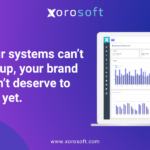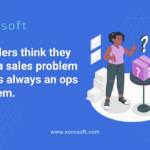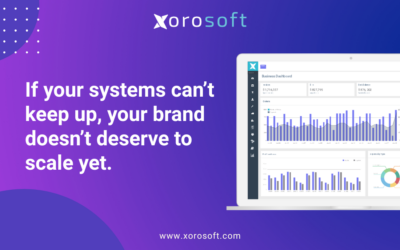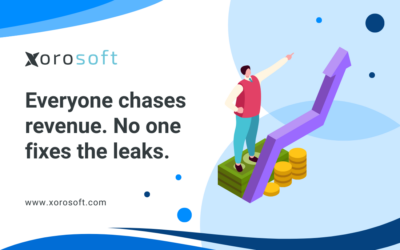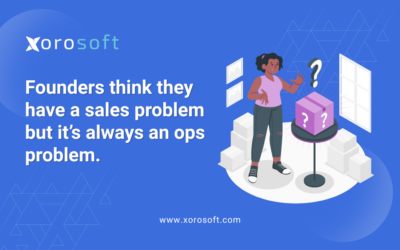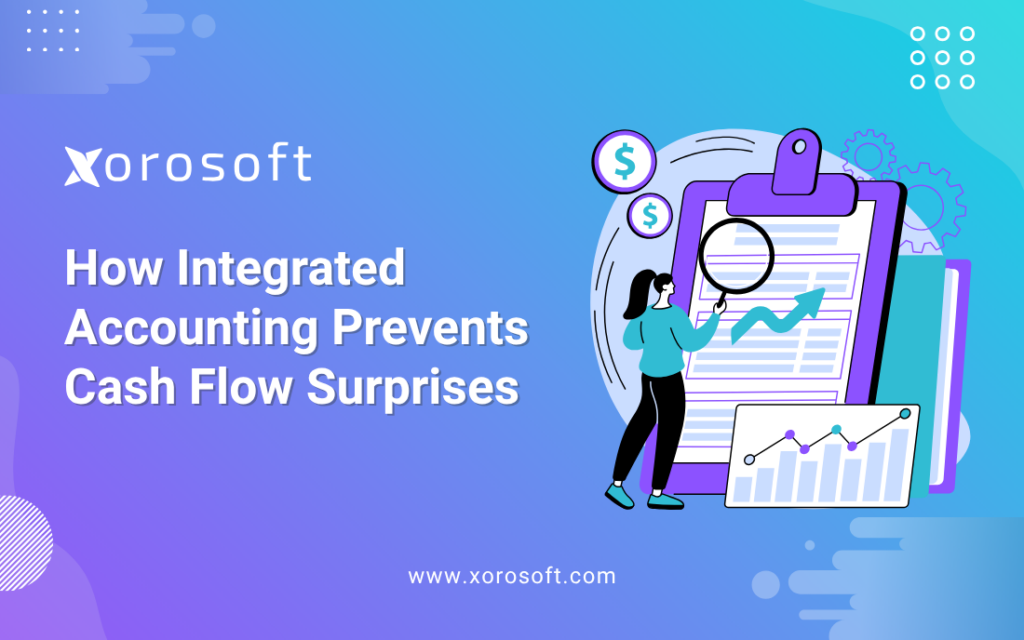
Why Cash Flow Surprises Happen—and How Software Fixes Them
Cash flow surprises are frustrating for any DTC or omnichannel brand. Yet they often happen even when the team works hard and tracks numbers daily. Integrated accounting software offers a way out because it creates a single, accurate view of sales, payouts, costs, and inventory. As a result, operators finally see their financial reality without guesswork.
Although most founders and ops leaders want better numbers, what they really want is something deeper: a business they can run without constant financial firefighting. Integrated accounting software supports that by reducing errors, offering real-time updates, and making decisions easier. When information flows smoothly, operations become calmer and more predictable.
Why Operators Want Financial Calm, Not More Dashboards
Brand leaders don’t want to become accountants. They want clarity so they can focus on building products, running channels, and serving customers. However, manual reconciliation takes time and creates anxiety. Every payout delay or 3PL charge feels like another unknown waiting to surface.
Integrated accounting software changes this dynamic. It connects sales platforms, payment processors, inventory systems, and banks. Therefore, operators gain a true snapshot of cash without digging for data. Because updates happen automatically, teams stop worrying about what they might have missed and start trusting their numbers.
This shift gives founders the ability to focus on growth rather than troubleshooting spreadsheets.
Key Problems Solved by Integrated Accounting Software
Even strong teams run into several predictable problems. These frictions create blind spots, and they often surface only when money suddenly looks tighter than expected.
System Data That Never Matches
Shopify, Amazon, 3PLs, and banks each calculate revenue, fees, and timing differently. Therefore, numbers rarely match when operators compare them manually. The inconsistency creates confusion, slows analysis, and introduces errors. When integrated accounting software connects these sources, it normalizes the data automatically. As a result, reconciliation becomes accurate and significantly faster.
Additionally, many brands rely on external product comparisons during software selection. Tools like the Easiest-to-Use ERP Systems List on G2 help teams evaluate which systems deliver dependable ease of use.
Margins That Drift Over Time
COGS updates, changing shipping fees, and variable platform charges all affect margin accuracy. Yet most brands update these inputs only occasionally. Because of this, month-end often brings unwelcome surprises. Integrated accounting software keeps COGS and fees updated automatically so every order reflects the true margin.
Inventory Purchasing That Damages Cash Flow
Buying too much inventory locks up cash. Buying too little costs revenue. Without real-time visibility, brands make decisions based on assumptions. Integrated accounting software links purchasing with cash and sales data, allowing operators to adjust faster and reduce unnecessary stock.
Payout Timing That Clouds the Cash Picture
Shopify, Amazon, and Klarna payouts rarely align with daily sales. Therefore, teams experience gaps between revenue and cash on hand. Integrated accounting software tracks payout schedules, fees, deductions, and settlement timing. This ensures the team always knows where cash stands.
These frictions disappear once all financial and operational data flows through one integrated layer.
Performance Metrics That Improve With Real-Time Accounting
Once financial blind spots are removed, several key metrics improve steadily and predictably.
-
Cash conversion cycle becomes shorter because inventory and purchasing align with demand.
-
Inventory turnover rises as buying decisions become data-driven.
-
Margin accuracy improves because variable fees and COGS remain up to date.
-
Order-level profitability becomes clear, allowing leaders to understand which products or channels drive true profit.
-
Forecast accuracy increases as real-time data replaces static spreadsheets.
These outcomes create a more stable operating rhythm and reduce stress across the team.
A Practical Example of Integrated Accounting in Action
A growing self-care brand struggled with reconciliation, inaccurate COGS, and inconsistent forecasting. The founder and ops manager spent several days each month cleaning up data. Meanwhile, slow-moving inventory tied up more than $40,000 in capital. Their cash forecasting missed the mark by nearly 30% on average.
After adopting integrated accounting software, the team received automatic data syncs, accurate margins, and clear payout visibility. Their month-end close sped up by more than a week. Forecast accuracy improved to 95%, and slow-moving inventory dropped sharply because purchases aligned with real demand. Most importantly, cash flow surprises disappeared completely.
This shift happened because the software eliminated blind spots and provided reliable data every day.
A Simple Framework for Using Integrated Accounting Software
Brand operators need structure, not complexity. The following framework helps teams use integrated accounting software effectively without adding new burdens.
1. Identify the Financial Touchpoints That Influence Cash
Start by documenting every source of cash movement. Include sales platforms, banks, payment processors, fulfillment partners, and ad platforms. This step clarifies where data originates and how it affects cash. Once everything is mapped, it becomes easier to connect systems.
2. Connect Sales Channels and Accounting Automatically
After you identify your sources, the next step is syncing Shopify, Amazon, 3PLs, and bank feeds into your integrated accounting software. This reduces manual work and ensures consistent data. As a result, reconciliation becomes faster and more accurate.
3. Maintain Real-Time COGS and Fee Updates
Accurate COGS is essential for accurate margins. Update pricing whenever purchase orders change, and make sure variable fees sync automatically. When these inputs stay current, daily profitability becomes reliable instead of reactive.
4. Build Profitability Views at the Order Level
Order-level profitability reveals which products actually make money after ads, shipping, discounts, and fees. Integrated accounting software allocates these costs automatically. Consequently, teams can spot underperforming SKUs earlier and adjust strategies with confidence.
5. Tie Inventory Purchasing to Cash Forecasts
Inventory significantly impacts cash flow. When forecasts include upcoming payouts, future demand, and available cash, teams buy smarter. Integrated accounting software links these elements so inventory plans reflect real financial capacity rather than optimism.
6. Streamline the Month-End Close With Automation
Month-end becomes easier when payouts, adjustments, refunds, and fees sync automatically. Because of this, your team spends less time cleaning spreadsheets and more time analyzing results. A shorter close builds trust in your numbers and reduces operational chaos.
7. Establish a Weekly Cash Review Rhythm
Once the system is running, create a weekly routine. Review cash balance, expected payouts, major expenses, and inventory commitments. This rhythm prevents surprises and keeps decisions aligned with financial reality. Integrated accounting software provides the clarity needed for these meetings to be efficient and meaningful.
How to Implement Accounting Software Without Slowing Your Team
You can begin improving visibility within a week by following a simple plan.
- Day 1: Map financial touchpoints.
- Day 2: Connect Shopify and Amazon.
- Day 3: Connect bank feeds and processors.
- Day 4: Import COGS and purchase orders.
- Day 5: Configure profitability rules.
- Day 6: Build your first cash forecast.
- Day 7: Run a weekly cash review meeting.
This approach keeps the workload manageable while delivering immediate wins.
What Operators Want to Know Before Switching Software
Many operators have similar concerns when switching to integrated accounting software. These responses address the most common questions.
Do I need accounting expertise to use this?
No. The software cleans, organizes, and reconciles data for you. Operators simply use the insights.
Does this replace my accountant?
It does not. Instead, it makes their work easier and more accurate.
How long before I see results?
Many teams see clarity within the first week. Full cash predictability often arrives within the first month.
Is this worth it for brands under $1M?
Yes, because smaller teams often struggle the most with manual processes. Automation protects limited time and resources.
Final Thoughts on Using Integrated Accounting Software for Predictability
Integrated accounting software gives operators a calmer, more predictable way to run their brands. Because financial and operational data flows into one system, decisions become clearer and cash positions become easier to understand. As a result, teams avoid last-minute surprises and build operations around accurate, real-time numbers.
To compare trusted options, see the G2 Easiest-to-Use ERP list for independent reviews and rankings. For Shopify merchants, the XoroERP Shopify App simplifies accounting and operations with a native integration.
If you’re ready for clearer financial visibility and fewer cash flow surprises, take the next step today:


